Optimal Seasons for Foundation Repairs
Foundation repairs are most effective when performed during specific seasonal conditions. The optimal time varies based on climate and soil type, but generally, dry and moderate weather conditions provide the best environment for repairs. Avoiding extreme cold or wet conditions helps ensure proper curing and stability of repair materials.
Spring offers moderate temperatures and less rainfall, making it suitable for foundation work. Soil tends to be more stable after winter, reducing the risk of shifting during repairs.
Summer can be ideal if the weather is dry. High temperatures may accelerate curing times, but excessive heat and humidity can pose challenges.
Fall provides cooler temperatures and less rain, creating favorable conditions for foundation repairs before winter.
Winter is generally less suitable due to freezing temperatures and potential soil movement caused by frost, which can compromise repair stability.
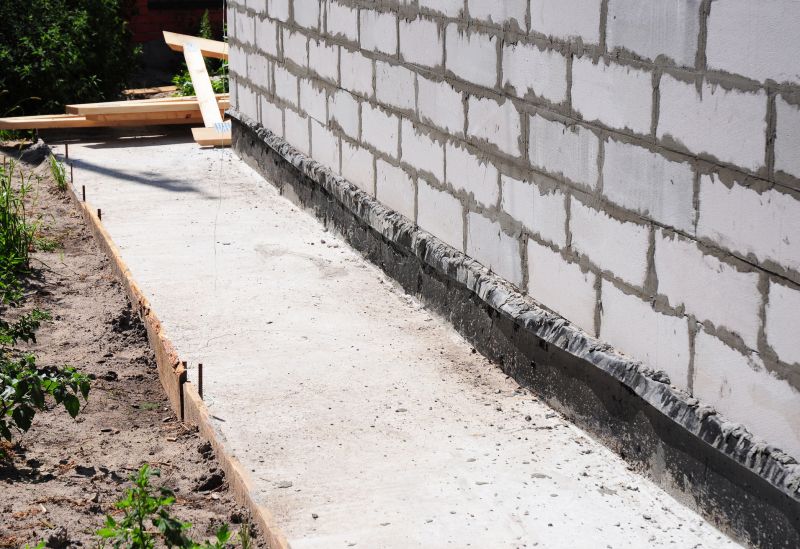
An overview of typical foundation repair steps, including assessment, stabilization, and reinforcement.
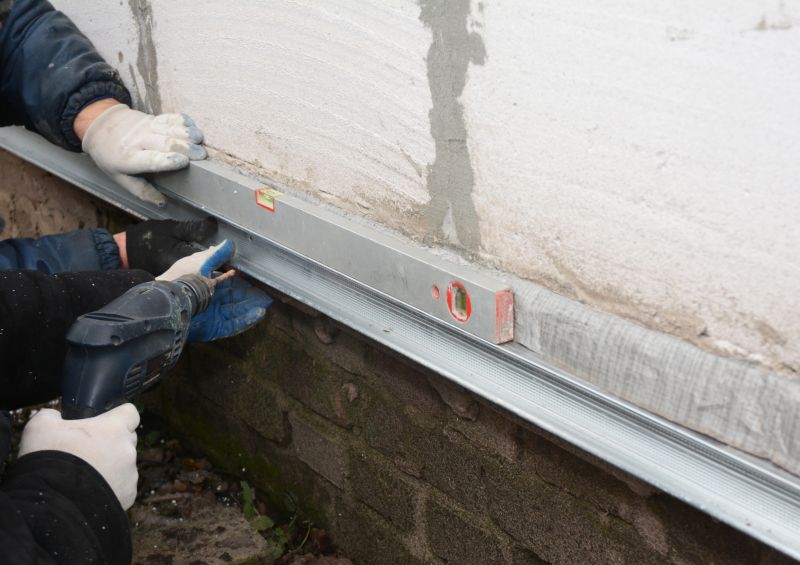
Methods used to improve soil stability before or during foundation repairs.
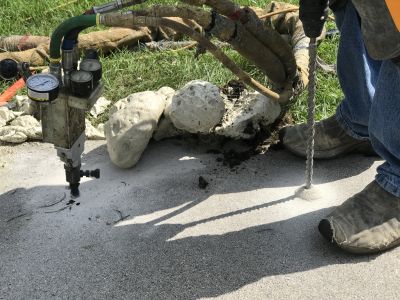
Specialized tools and machinery employed for effective foundation stabilization.
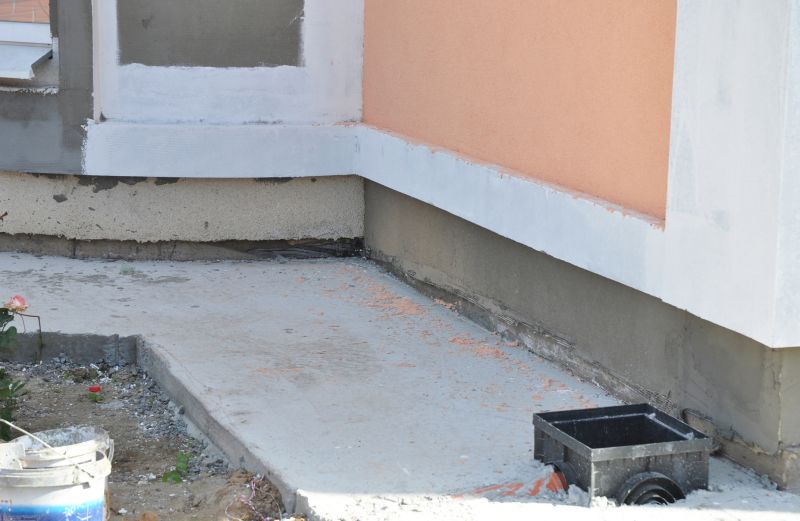
Ways to make Foundation Repairs work in tight or awkward layouts.
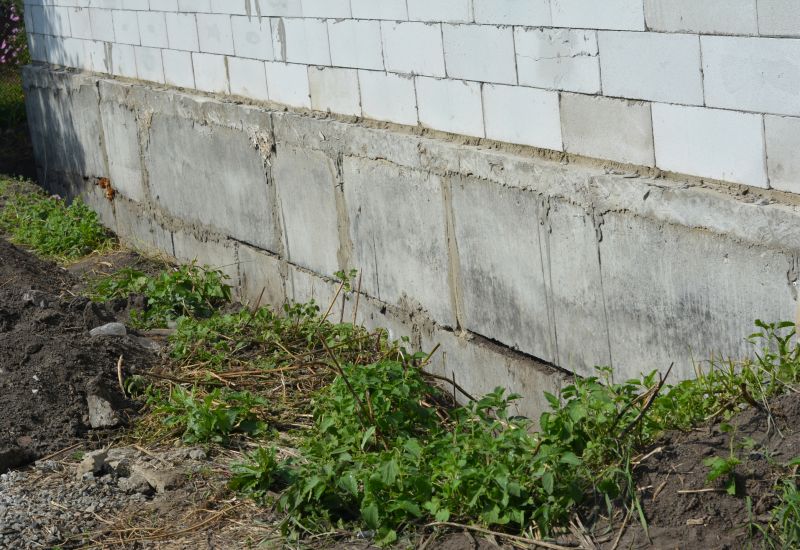
Popular materials for Foundation Repairs and why they hold up over time.
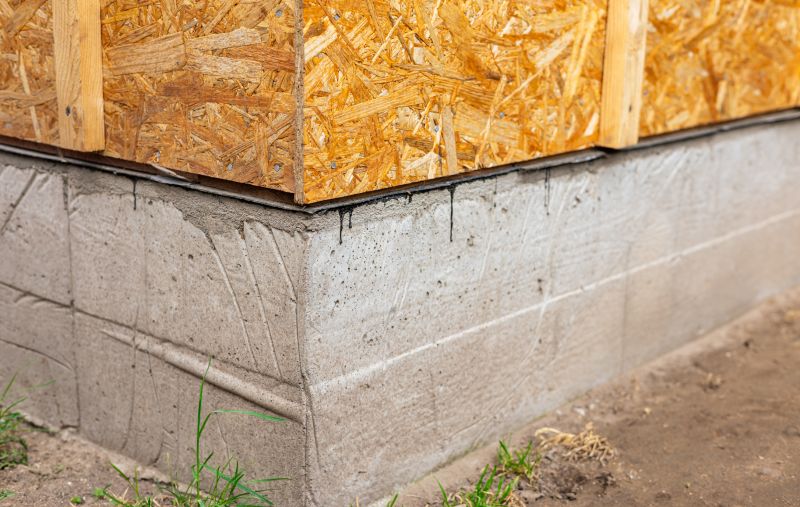
Simple add-ons that improve Foundation Repairs without blowing the budget.
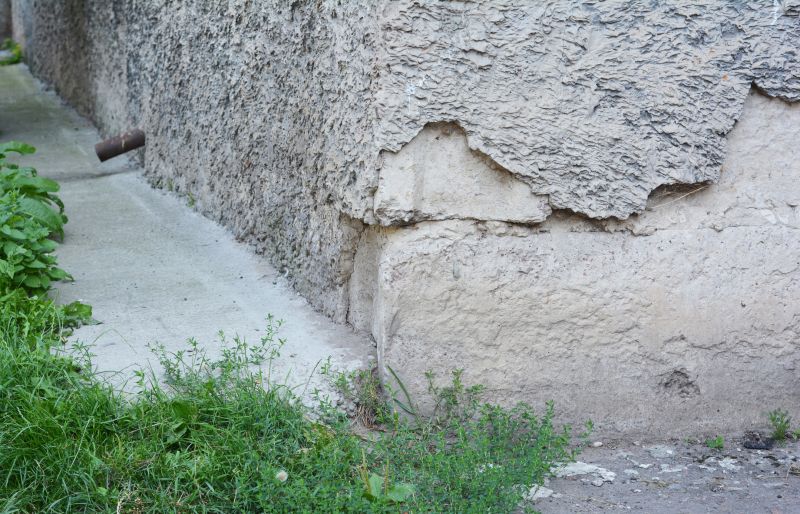
High-end options that actually feel worth it for Foundation Repairs.
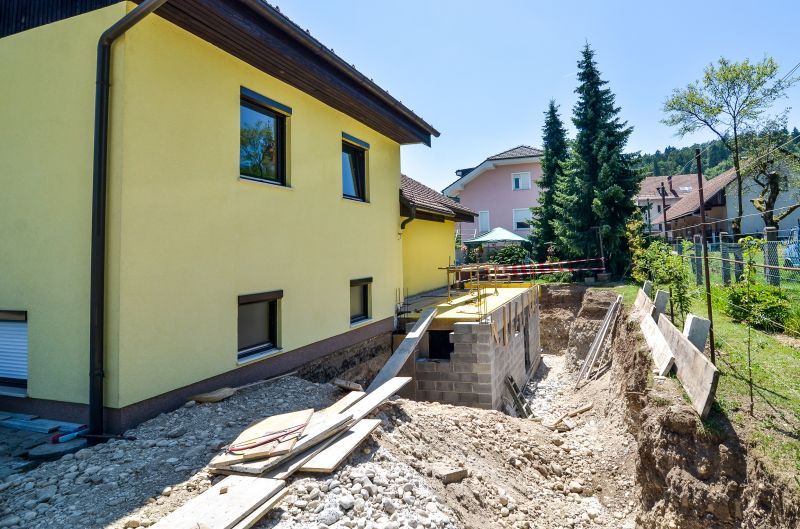
Finishes and colors that play nicely with Foundation Repairs.
Foundation repairs are critical for maintaining the structural integrity of a building. They address issues such as settling, cracking, and shifting caused by soil movement, moisture changes, or other environmental factors. Proper timing of repairs can influence their success and longevity. Seasonal weather patterns significantly impact the effectiveness of foundation stabilization efforts, with dry, moderate conditions being most favorable.
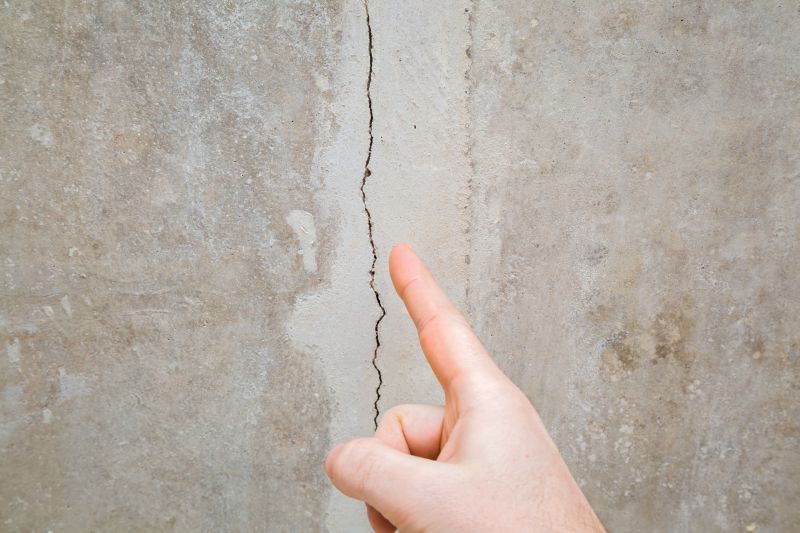
Addressing visible cracks to prevent further structural damage.
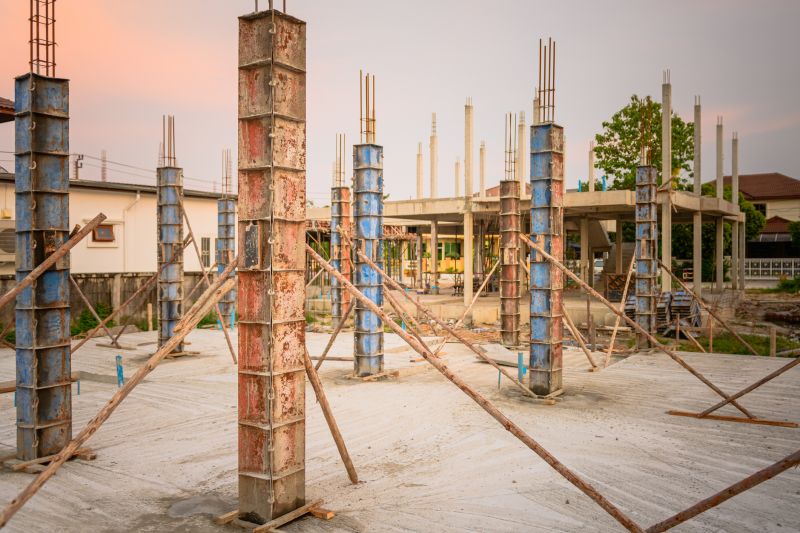
Using piers to lift and stabilize foundations affected by settling.
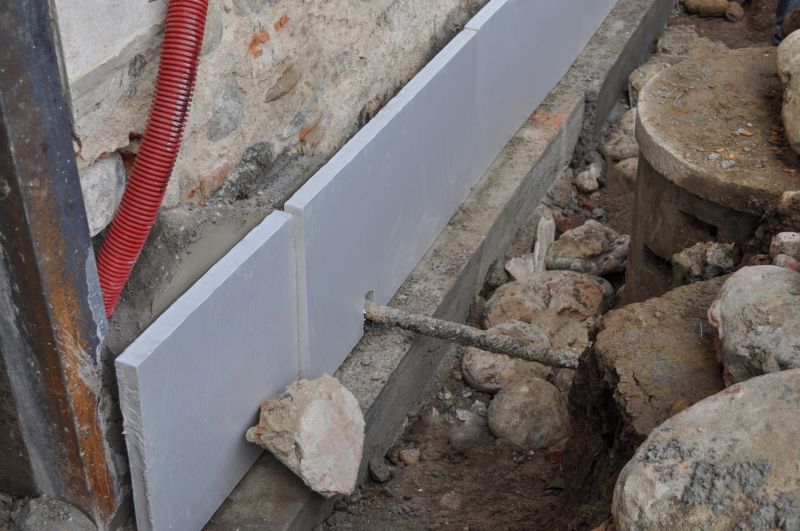
Reinforcing weak foundation areas to restore stability.
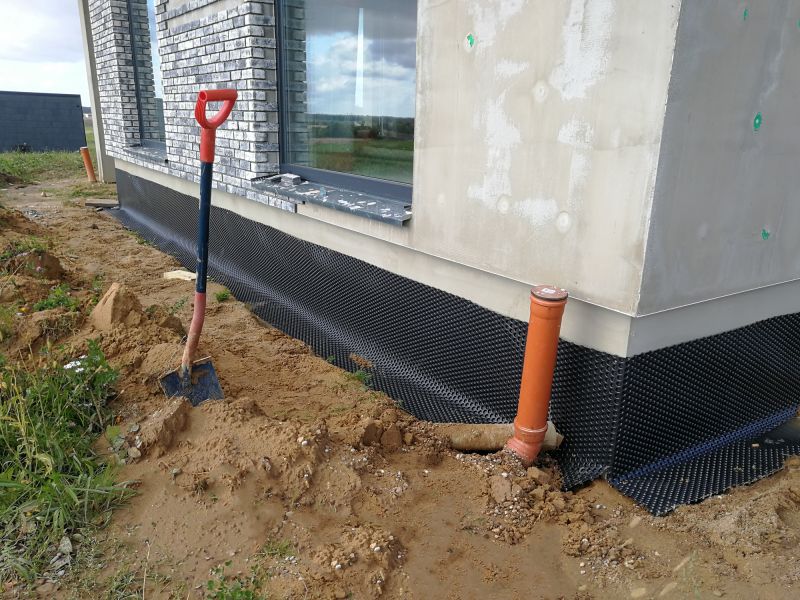
Implementing drainage to control moisture and prevent soil movement.

Little measurements that prevent headaches on Foundation Repairs day.
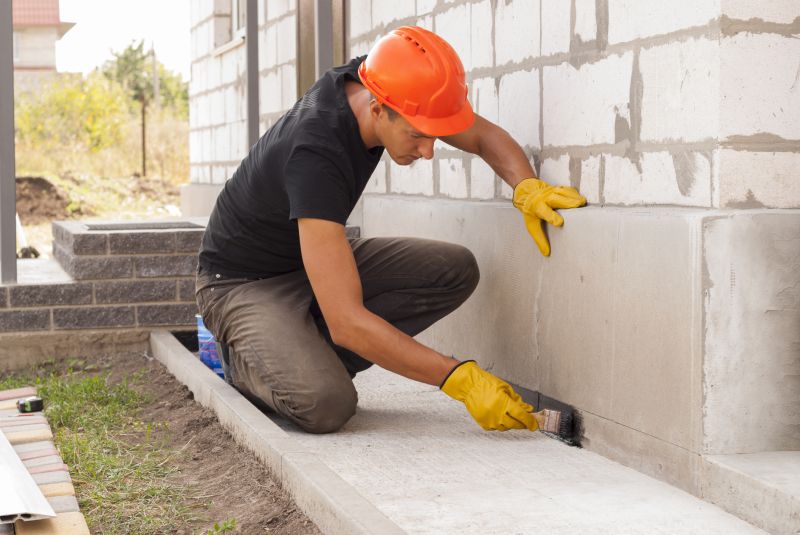
A 60-second routine that keeps Foundation Repairs looking new.
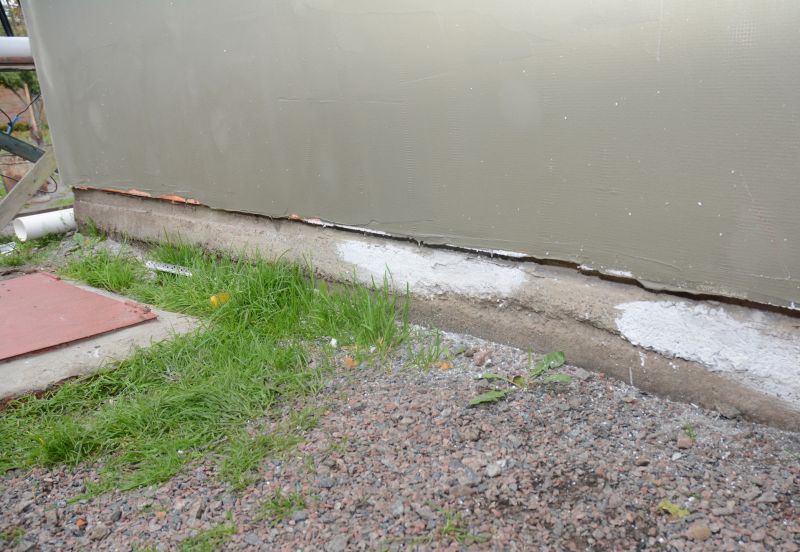
A frequent mistake in Foundation Repairs and how to dodge it.
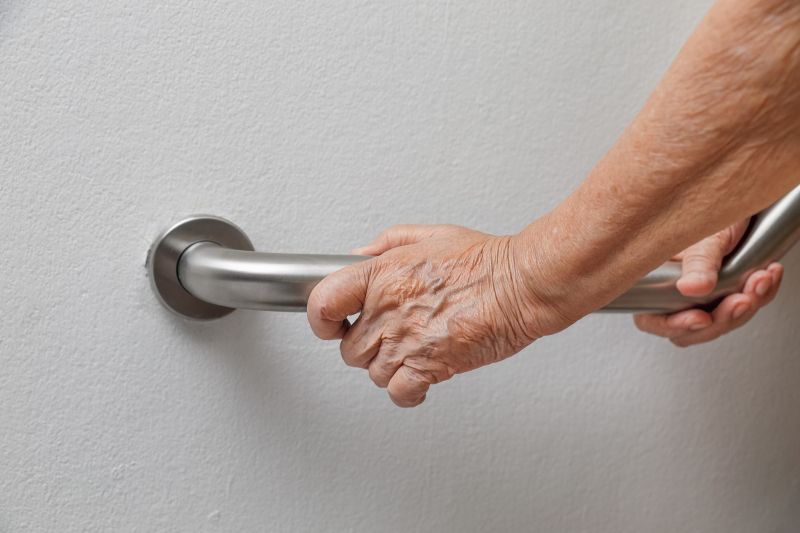
Small tweaks to make Foundation Repairs safer and easier to use.
| Season | Ideal Conditions |
|---|---|
| Spring | Moderate temperatures, less rain, soil stability post-winter |
| Summer | Dry weather, high temperatures for curing |
| Fall | Cool temperatures, minimal rain, pre-winter repairs |
| Winter | Cold temperatures, frost, soil movement |
Choosing the right time for foundation repairs can extend their durability and effectiveness. Seasonal considerations, such as soil moisture levels and temperature, influence the success of stabilization efforts. Consulting with foundation specialists can help determine the most suitable window for repairs based on local climate conditions.

